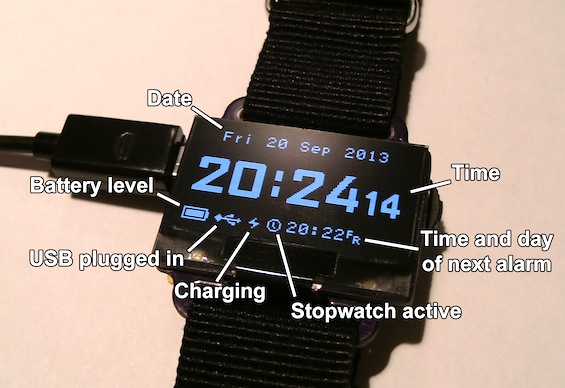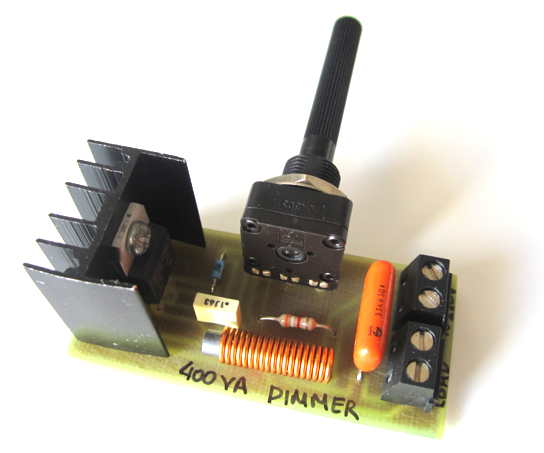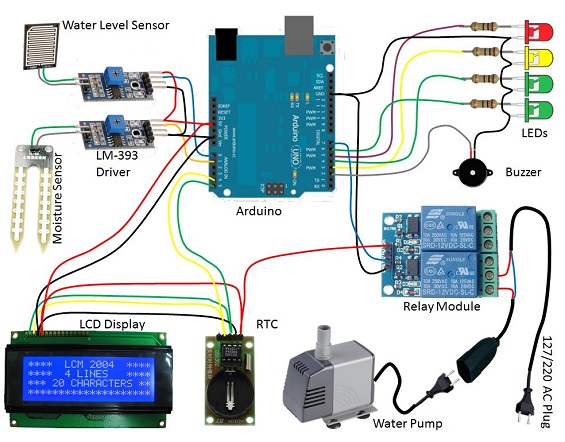DIY wristwatch using Atmega328P

Zak Kemble from England has shared his digital wristwatch buildon his blog. It is a very neat and clever design using the Atmega328P microcontroller and a 1.3″ OLED for display. The watch is powered by a 150mAh LiPo battery which can be charged via USB. The onboard battery charging circuit uses Microchip’s MCP73832 device. The ATmega328P uses its internal 8MHz oscillator and runs on 2.5V derived from a linear regulator. Time-keeping is done with the DS3231M RTC chip. With 32K of program memory, Zak has implemented many other cool features besides displaying time and date, such as alarm, stopwatch, animation,
Read more


